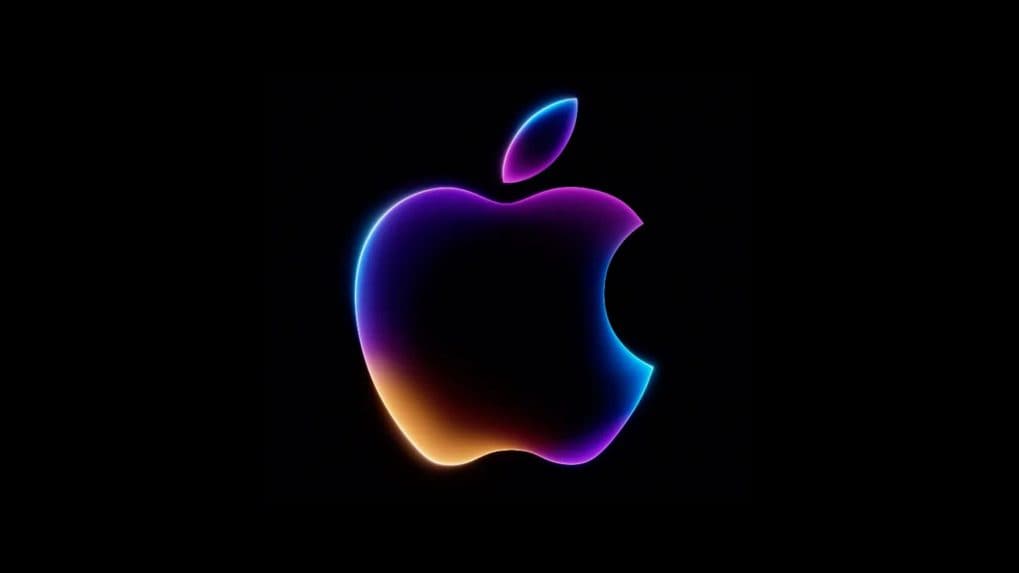Everything Apple just unveiled at WWDC 2025: From liquid glass to smarter AI
At WWDC 2025, Apple introduced its biggest software overhaul yet - a unified Liquid Glass interface across devices - while its AI ambitions continue to trail the pack.
ADVERTISEMENT
Apple Inc. on Monday introduced the biggest software redesign in its history at its annual Worldwide Developers Conference (WWDC), rolling out a new visual interface called Liquid Glass across its iPhone, iPad, Mac, Apple Watch, TV, and Vision Pro lineup, according to media reports.
The move signals an effort to deliver a more cohesive user experience across Apple's ecosystem - but it did little to quiet concerns over the company's slow progress in the AI area.
While Apple's tech peers are unveiling cutting-edge AI features at breakneck speed, Apple's showcase of Apple Intelligence - its in-house platform - offered most incremental updates.
Also Read: Apple set to rename all its operating systems
Liquid Glass Interface
The centrepiece of the update is a new visual design language called Liquid Glass, which brings shiny, reflective, and translucent interface elements to Apple's software.
The look and feel of screens will now adapt more naturally to the surrounding environment - shifting between light and dark tones based on content - while elements like alerts and context menus will behave more fluidly in response to touch.
These design changes span the newly rebranded iOS 26, watchOS 26, visionOS 26, and macOS 26 "Tahoe," creating a more cohesive experience across iPhones, iPads, Macs, Apple Watches, and the Vision Pro headset.
On the AI front, Apple confirmed it will open its Apple Intelligence foundation models to third-party developers, enabling app creators to build new features atop it AI tech. The company also introduced live call translation and a Genmoji feature allowing users to merge emojis into new creations.
However, Apple's AI offerings continue to lag behind the headline-grabbing released from Alphabet's Google and OpenAI.
Even Apple's collaboration with OpenAI, now including image-generation features and enhanced personalized mapping - is seen by many as a patch rather than a game-changing move. More substantial AI innovations are expected in 2026, according to Bloomberg.
iPad, iPhone, Apple Watch upgrades
Still, WWDC 2025 delivered wins for the Apple faithful. iPad users, for instance, will finally see software upgrades that make the device feel more like a Mac. This will include multitasking improvements, a PDF manager, and better file handling.
The iPhone got a revamped Phone app integrating voicemails, recent calls, and favourites into one unified view, while Vision Pro headset users will soon be able to pin digital widgets to walls and use PlayStation VR controllers for gaming.
A new Buddy feature for Apple Watch will use AI to enhance workout tracking and motivation, and Mac users will see a redesigned transparent menu bar and deeper iPhone integration.
Also Read: Apple jumps to iOS 26, triggers internet meltdown and meme fest
AI partnerships
In an attempt to close the AI gap, Apple deepened its partnership with OpenAI. The companies will collaborate on new image-generation capabilities, while Apple also teased AI-driven mapping features that adapt to users' routines and a new gaming app with social features.
Vision Pro's visionOS now supports more realistic virtual avatars for videoconferencing, another incremental step toward more immersive experiences.
The software updates - now in developer beta and entering public beta in July, are expected to be available to all consumers this fall.
Apple is hoping this new round of features gives users more reasons to upgrade, particularly as prices may rise amid production shifts and ongoing tariffs, the report added. Facing geopolitical tensions and US tariffs, Apple has already started moving US-bound iPhone production to India.
Also Read: Who is Jony Ive? The design legend behind Apple devices and OpenAI’s next big leap


